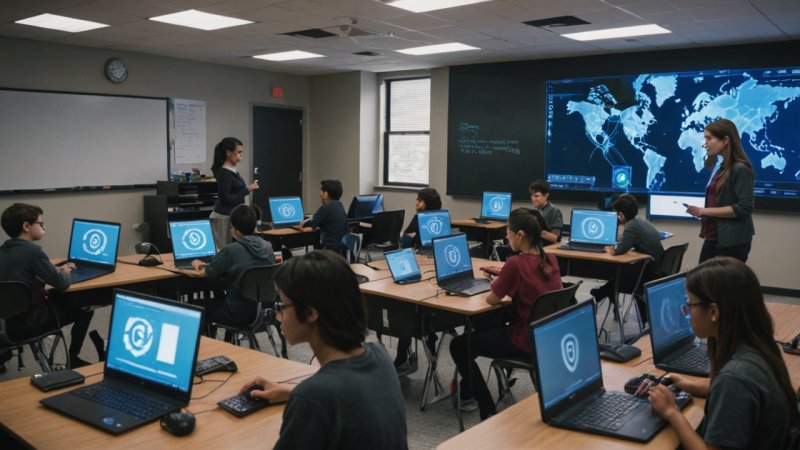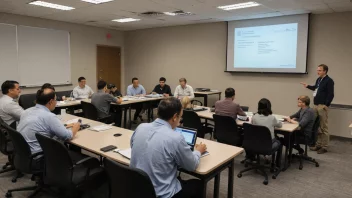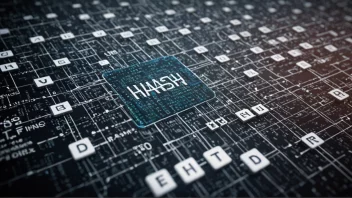As the world increasingly shifts towards remote education, the importance of cybersecurity cannot be overstated. With students and educators relying on digital platforms for learning, the potential for cyber threats has surged. Securing these platforms is vital to protect sensitive information and ensure a seamless educational experience. Below, we explore essential cybersecurity strategies that educational institutions should adopt to safeguard their remote learning environments.
1. Implementing Strong Authentication Mechanisms
One of the first lines of defense against unauthorized access in remote education platforms is strong authentication. Institutions should consider the following:
- Multi-Factor Authentication (MFA): By requiring users to provide two or more verification factors, MFA adds an extra layer of security. This could include something they know (password), something they have (a mobile device), and something they are (fingerprint).
- Single Sign-On (SSO): SSO simplifies the login process and reduces the number of passwords users must remember, thus minimizing the risk of password fatigue leading to weak password choices.
2. Regular Software Updates and Patch Management
Keeping software up to date is crucial in protecting remote education platforms from vulnerabilities. Institutions should implement a robust patch management policy that includes:
- Automated Updates: Enable automatic updates for all software used on educational platforms. This ensures that security patches are applied as soon as they become available.
- Regular Audits: Conduct regular audits of software and systems to identify any outdated programs that could be exploited by attackers.
3. Data Encryption Practices
Data encryption is essential in protecting sensitive information such as student records and personal information. Here’s how to effectively implement encryption:
- End-to-End Encryption: Ensure that data is encrypted both in transit and at rest. This means data is secure while being transmitted over the internet and when stored on servers.
- Encryption Standards: Utilize industry-standard encryption protocols such as AES (Advanced Encryption Standard) to secure sensitive data.
4. Training and Awareness Programs
Human error is often the weakest link in cybersecurity. Therefore, training and awareness programs are critical in empowering users. Consider these initiatives:
- Regular Workshops: Conduct workshops to educate students and faculty about cybersecurity risks and best practices, such as recognizing phishing attempts.
- Simulated Phishing Attacks: Implement simulated phishing exercises to help users identify suspicious emails and learn how to respond appropriately.
5. Incident Response and Recovery Plans
Despite implementing strong security measures, breaches can still occur. Having an incident response plan is essential:
- Clear Protocols: Develop clear protocols for responding to security incidents, including identification, containment, eradication, and recovery processes.
- Regular Testing: Regularly test the incident response plan through drills to ensure that all stakeholders know their roles and responsibilities in the event of a cyber incident.
In conclusion, as remote education platforms continue to evolve, the need for robust cybersecurity measures is paramount. By implementing strong authentication mechanisms, maintaining updated software, practicing data encryption, providing user training, and preparing incident response plans, educational institutions can significantly enhance their security posture and create a safer learning environment for all users.






